La Bayadere is a gem of classical ballet. It transports us to exotic India with a gripping plot of love and betrayal. Created by legendary choreographer Marius Petipa and set to music by the talented Ludwig Minkus, this masterpiece has become a mainstay in the repertoire of ballet companies worldwide.
La Bayadère tells the story of Nikiya, a bayadère from India who is in love with a prince (Solor) who will marry the daughter of the ruling rajah. So, the rajah’s wicked daughter (Gamzatti) will not hesitate to have Nikiya killed by a poisonous asp. This takes place in the real world. In the last act, Petipa included elements of Romantic Ballet, when the bayadère, already dead, appears in the unreal afterlife, in the Kingdom of the Shades. If you want to know more details about the history and story of this ballet, continue reading the article.
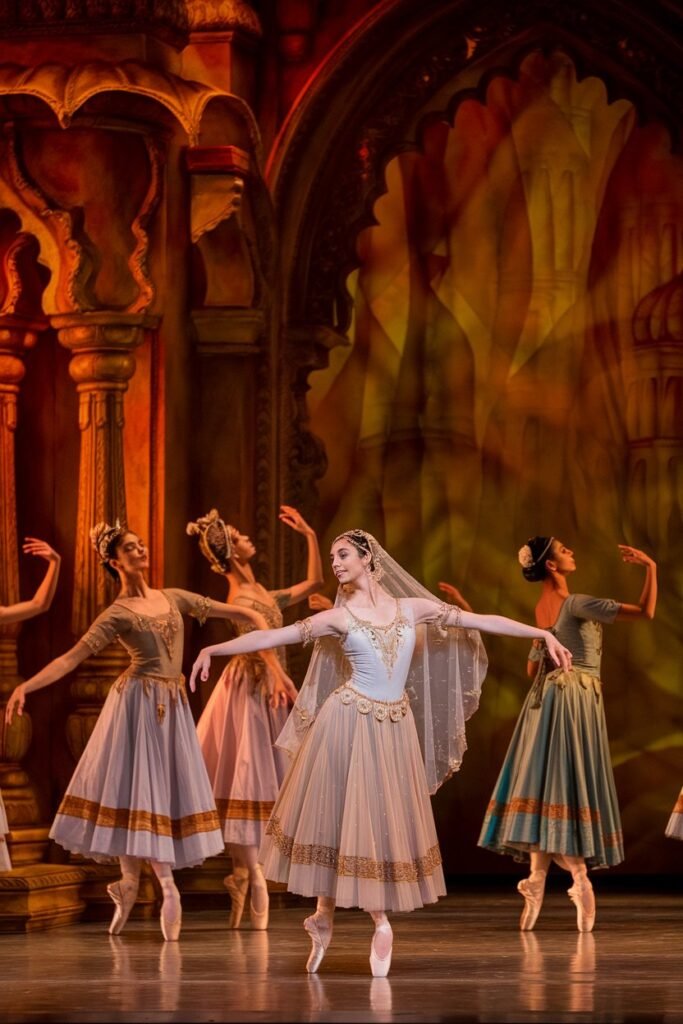
Table of Contents
Key Facts about La Bayadere
- Russian title: Bayaderka.
- Ballet in four acts, seven scenes, and an apotheosis.
- Choreography: Marius Petipa.
- Music: Leon Minkus.
- Libretto: Marius Petipa and Sergei Khudekov.
- Scenery and costumes: Ivan Andreyev, Mikhail Bocharov, Petr Lambin, Andrei Roller, Matvei Shiskov, and Heinrich Wagner.
- First performance: 23 January 1877, Mariinsky Theater, Saint Petersburg.
- Principals: Ekaterina Vazem (Nikiya), Lev Ivanov (Solor), Maria Gorshenkova (Gamzatti), Christian Johansson (Dugmanta, rajah of Golconda), Nikolai Golts (The Great Brahmin), Pavel Gerdt (grand pas de deux).
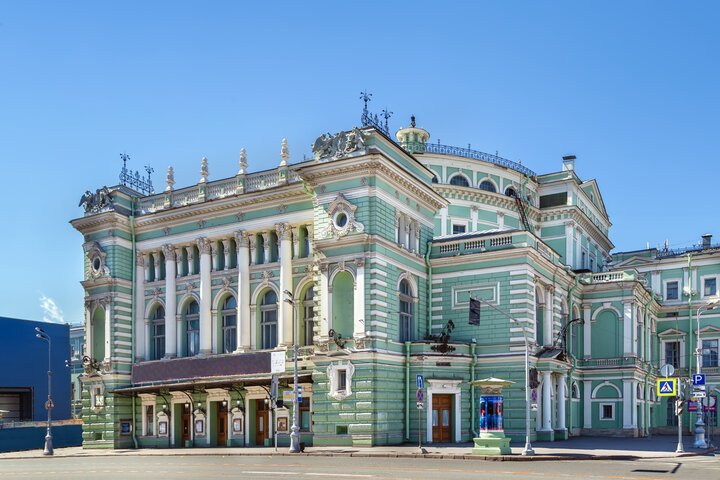
History of La Bayadere
While Western ballet declined after the Romantic era (1830-1860), a new golden age was dawning in Russia. In the mid-to late-19th century, the Russian ballet tradition, nurtured since the late 18th century by French masters, reached its peak. Figures such as choreographer Marius Petipa (1818-1910), who arrived in Russia in 1847, found a passionate audience and a world-renowned ballet school there.
Considered the father of classical ballet, Petipa became the ballet master of the Imperial Russian Ballet. He produced more than 60 ballets throughout his career. Don Quixote, La Bayadère, The Sleeping Beauty, The Nutcracker and Swan Lake are among his most celebrated works. These creations set a standard of excellence that endures to this day. In fact, the last three works remain the most frequently performed ballets worldwide. And for many people, they are synonymous with ballet itself.
The influence of Russian culture on Petipa’s work is undeniable. Despite being French by birth, the artist identified deeply with his adopted country. His friend and collaborator Khudekov wrote in his History of Dance, “A Frenchman by birth, Petipa was Russian at heart from head to foot.”This deep connection is reflected in the richness and complexity of his ballets, which combine French classical technique with the general trends of Russian art.
The Origin of the Term “Bayadère” and Its Cultural Roots
First of all, what was a “bayadere”? “Bayadère” is a French word for a devadasi. In India, a devadasi was a sacred dancer. In other words, a woman dedicated to serving and venerating a temple deity throughout her life. When the Portuguese came to India, they saw the devadasi and called them “bailadeiras”, from which the word “bayadère” was derived. So, this ballet presents us with one of the themes that fascinated Western artists, the idealistic vision of the East with its Indian dancers and exoticism.
These Indian dancers (bayadéres) were a popular subject in French Romantic ballet and opera. In 1810 Pierre Gardel created dances for the opera Les Bayaderes. And in 1830 Marie Taglioni danced in Le Dieu et la Bayadere.
In 1839, during a tour of authentic Indian bayaderes in Paris, the French poet and playwright Théophile Gautier (1811-1873) was captivated by the principal dancer, Amani. Years later, this dancer committed suicide in London, homesick. So, as a tribute to her, Gautier wrote the libretto for the ballet Sacountala, based on the work of the Indian poet Kalidasa. The work was first performed in Paris in 1858 with music by Emest Reyer and choreography by Lucien Petipa, Marius’ brother. This work was the main inspiration for Marius Petipa’s La Bayadère.
La Bayadere was a remarkably lavish production with exotic Indian scenery. The costumes were partly derived from ethnic dress or decorated with Indian motifs. However, the score by the Viennese composer Ludwig Minkus showed no influence from Indian music. On the other hand, the choreography, even in the character numbers, barely made a gesture toward Indian dance forms.
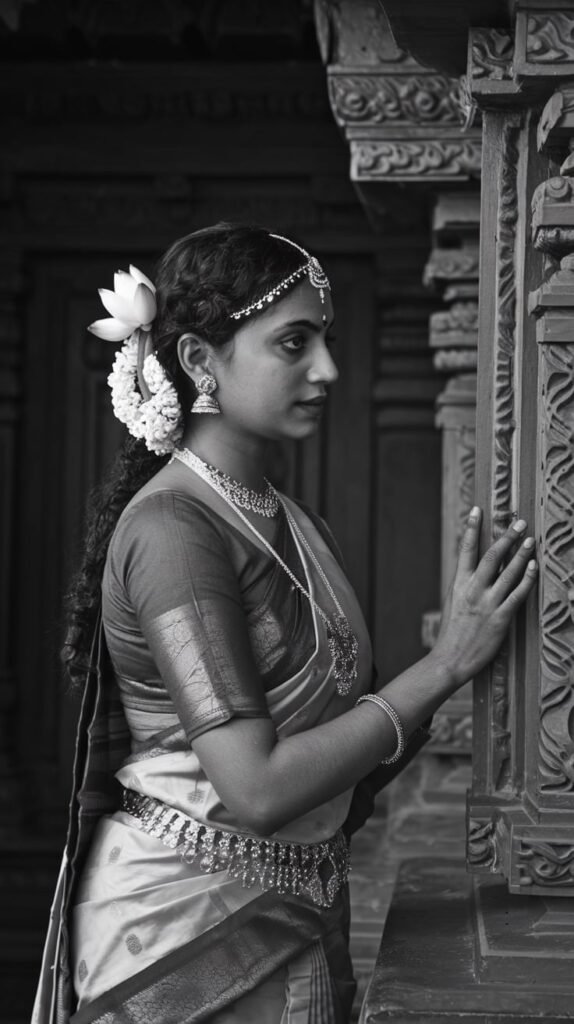
The Premiere of La Bayadère Ballet
The premiere of La Bayadère at the Mariinsky Theatre in St Petersburg in 1877 was a resounding success. Nikiya was played by Petipa’s favourite dancer, Yekaterina Vazem. She was a virtuoso ballerina for whom there were no technical difficulties. For example, she could perform double pirouettes, a rarity in those days. This ballet was one of Marius Petipa’s first genuine triumphs at the Imperial Theatre in St. Petersburg. At the end of the performance, the audience applauded for over half an hour.
La Bayadère cemented Marius Petipa’s reputation as one of the most important choreographers of the 19th century. His ability to create technically demanding ballets, combined with his deep knowledge of classical dance, made him a key figure in the development of Russian ballet. As the Ukrainian choreographer Serge Lifar wrote, Petipa “created the Russian ballet which, at the end of the nineteenth century, was to lead the whole world”.
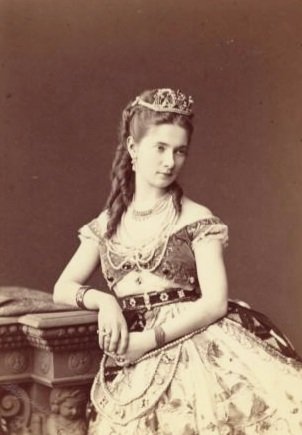
The Kingdom of the Shades
Without a doubt, the most celebrated passage in La Bayadere is the great scene known as “The Kingdom of Shades”. This is considered one of the greatest jewels of the classical legacy of all time. But what is portrayed in this scene? After Nikiya’s death, Solor consumes opium to mitigate his pain. He then enters a state of hallucination. In his vision, he is transported to the Kingdom of Shadows. This is an ethereal, dreamlike world where the shadows of the dead bayaderes descend in a hypnotic and harmonious procession.
The show begins with one of the most remarkable entrances of a corps de ballet in the entire ballet repertoire. One by one, thirty-two ballerinas, dressed in white tutus and white scarves that cascade from the head down, appear on the stage. Flowing slowly, they advance through a combination of step, arabesque, cambre pose, and port de bras. A two-phrase theme is hypnotically repeated over and over until the dancers gradually fill the entire stage.
The Kingdom of Shades was inspired by Gustave Doré’s illustrations for Dante’s Paradise. This scene is usually shown behind gauze to blur the image of shadows and create a dreamlike atmosphere.
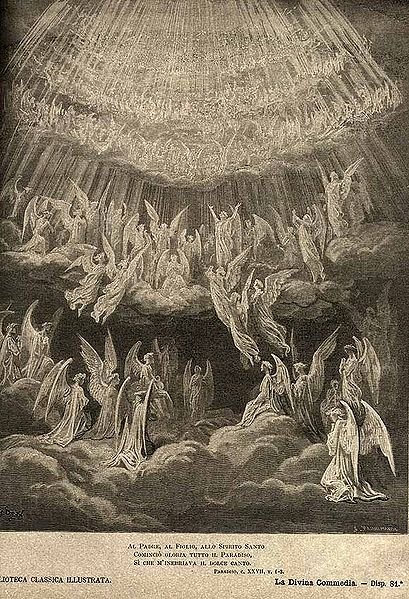
Critics on the Kingdom of the Shades
It can be seen as the precursor to Ivanov’s lakeside scenes in Swan Lake and many plotless but evocative ballets of the 20th century, from Fokine’s Les Sylphides to works by George Balanchine. According to dance critic Arlene Croce “The subject of “The Kingdom of the Shades’ is not really death, although everyone in it except the hero is dead. It’s Elysian bliss, and its setting is eternity. The long slow repeated arabesque sequence creates the impression of a grand crescendo that seems to annihilate all time. No reason it could not go on forever.”
On the other hand, Mikhail Baryshnikov said of this scene: “It is Petipa’s idea of life in the beyond, a world of peace, dignity, symmetry, and harmony—a world that can be fully explained and presented through the medium of the finest classical choreographic and dance techniques… Poetically it is unmatched in the classical repertory.”
The Evolution of La Bayadère
Since its premiere in 1877 at the Mariinsky Theatre in St. Petersburg, La Bayadère was extraordinarily successful. However, its history is also one of constant transformation. Over the years, the ballet has experienced various revisions, adaptations and reconstructions, maintaining its essence but evolving with each performance.
Despite being older than Swan Lake and its success in Russia, La Bayadere remained unknown in the West for a long time. So, it remained hidden behind the Iron Curtain of the former USSR. On the other hand, its first version, presented in 1877, included a fourth act in which, after the vision of the Kingdom of Shadows, Solor married Gamzatti. But divine fury unleashed an earthquake that destroyed the temple. And all its occupants, including Solor and Gamzatti, died buried under the rubble. In an apotheosis, the shadows of Nikia and Solor met again.
Throughout the 20th century, the ballet underwent significant modifications. In the 1920s, the fourth act was removed probably because of technical difficulties with the set design and the destruction of the sets in a flood in 1925. Much of its choreography was incorporated into the second act in later performances. The work remained in the Soviet repertoire but in altered and truncated editions.
Initially, Western audiences could only see one excerpt from the ballet: The Kingdom of Shadows, presented in London and New York in 1961 by the Kirov Ballet. This scene was later adapted by Rudolf Nureyev for the Royal Ballet in London in 1963. Margot Fonteyn and Nureyev himself performed the lead roles of Nikiya and Solor. La Bayadère was not performed in its entirety in the Western repertoire until 1980. This was thanks to Natalia Makarova’s staging for the American Ballet Theatre.
Exploring the Different Versions of La Bayadere
Throughout history, La Bayadère has been reinterpreted on several occasions. Here are some of the most notable productions:
- 1904: Alexander Gorsky created a version for the Bolshoi Theatre, with Lyubov Roslavleva and Mikhail Mordkin in the main roles. Gorsky made only minor changes to Petipa’s choreography.
- 1917: Gorsky produced a version with new sets and costumes inspired by the paintings and sculptures of ancient Indian temples.
- 1923: At the Soviet Ballet, Vasili Tikhomirov restored Petipa’s choreography and reduced the number of scenes from 7 to 5.
- 1932: Agrippina Vaganova presented her version in Leningrad at the Kirov Theatre.
- 1941: Vladimir Ponomaryov made another adaptation for the Kirov Theatre, with Natalia Dudinskaya and Vachtang Chabukiani.
- 1961: The Kirov Ballet toured The Kingdom of Shadows in London and New York.
- 1963: Rudolf Nureyev adapted The Kingdom of Shadows for the Royal Ballet in London.
- 1980: Natalia Makarova reconstructed the complete ballet for the American Ballet Theatre.
- 1992: Nureyev produced a complete version for the Paris Opera Ballet.
- 1996: Dawn Weller restored the fourth act for PACT Ballet in Pretoria, South Africa.
- 2002: Sergei Vikharev reconstructed the entire ballet for the Mariinsky Theatre in St. Petersburg. This included restoring the fourth act, following the lines of Petipa’s 1900 production.
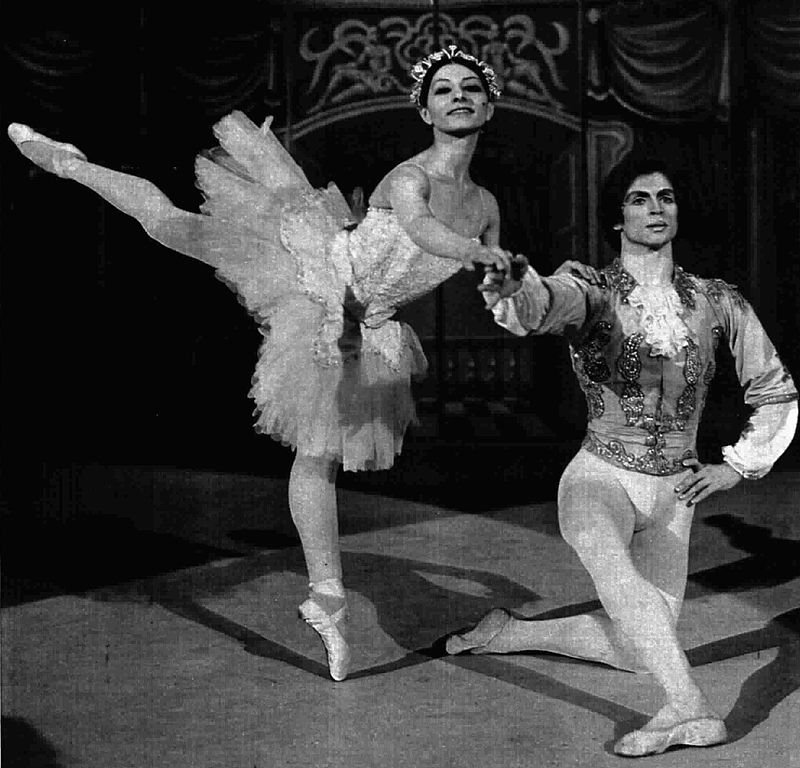
Telling the Story of La Bayadere
Act I
Scene I: The Sacred Wood, in front of the temple
The warriors return from a hunt and the noble Solor joins them. He asks them to leave him alone so he can pray before the Sacred Flame. Then, he asks the fakir Magdaveya to arrange a meeting with Nikiya, the Bayadere or sacred dancer of the temple. The priests and the High Brahmin order Magdaveya to gather the other fakirs to prepare the celebration.
The Bayadere appear, including Nikiya, who has been chosen to attain the rank of Great Bayadere. The Brahmin, fascinated by her beauty, declares his love for her. But Nikiya rejects him, saying that he is a man of God. The ceremony begins and Nikiya learns from Magdaveya of Solor’s desire to meet her. Solor waits for Nikiya in the woods, where they swear eternal love to each other before the Sacred Flame. However, the High Brahmin has been spying on them and implores the gods to destroy Solor.
Scene 2: A hall in the palace
The warriors pay homage to Solor for his bravery. The Rajah announces that he will reward him with the hand of his daughter Gamzatti. As she removes her veil, Solor appreciates her beauty but remembers his oath. As the feast begins, the High Brahmin reveals to the Rajah the bond between Solor and the bayadère, Nikiya.
The Brahmin assumes that the Rajah will eliminate Solor, but instead decides that Nikiya must die, to the despair of the priest. Gamzatti tries to persuade Nikiya with jewels and gifts to abandon Solor. Displeased, the Bayadère tries to hurt Gamzatti, but the maid, Aya, stops her. Nikiya flees and Gamzatti decides that the Bayadere must die.
Act II: Wedding in the palace gardens
The wedding celebrations take place in the gardens of the Rajah’s palace. He arrives with great pomp to preside over the party and calls Nikiya to dance. At the end of the ball, Gamzatti’s maid offers her a basket of flowers, inside which Gamzatti has hidden a poisonous snake. Nikiya, mortally wounded by the asp, asks Solor to remain faithful to his love for her. The High Brahmin offers Nikiya an antidote, but she rejects it when she sees Solor and Gamzatti together and finally dies.
Act III
Scene I: In Solor’s tent
Devastated by Nikiya’s death, Solor gives in to the fakir Magdaveya’s offer to smoke opium to soothe his pain and anguish. He enters a dreamlike state.
Scene II: The Kingdom of Shadows
In his narcotic delirium, Solor hallucinates that Nikiya’s spectre is descending from the Himalayas. This meandering procession repeats ad infinitum, creating a poetic, ghostly, and ethereal image of eternity. He finds Nikiya in the Kingdom of Shadows, asks for her forgiveness and says he will not forget her. The lovers reconcile and little by little the shadows fade away.
Buy La Bayadere Ballet DVD / Blu-Ray
Royal Opera House: Acosta – Rojo
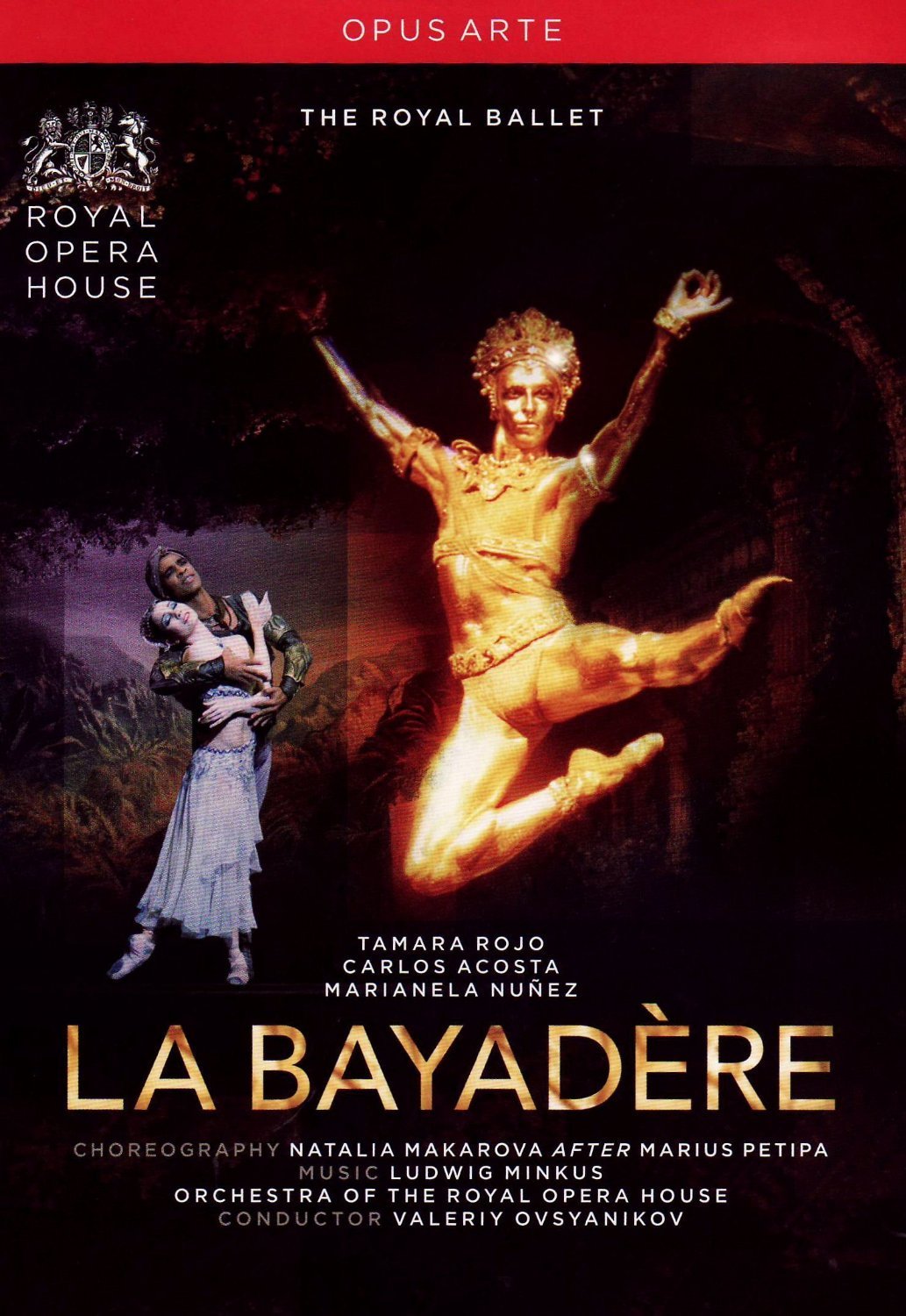
Cast
- Nikiya: Tamara Rojo
- Solor: Carlos Acosta
- Gamzatti: Marianela Nuñez
Production
- Company: The Royal Ballet
- Choreographer: Natalia Makarova after Marius Petipa
Disc Information
- Catalogue Number: OA1043D
- Date of Performance: 2009
- Running Time: 166 minutes
- Sound: 2.0LPCM + 5.1(5.0) DTS
- Aspect Ratio: 16:9 Anamorphic
- Subtitles: EN, FR, DE, ES
- Label: Opus Arte
Bolshoi Ballet: Zakharova – Lantratov
Buy on Amazon USA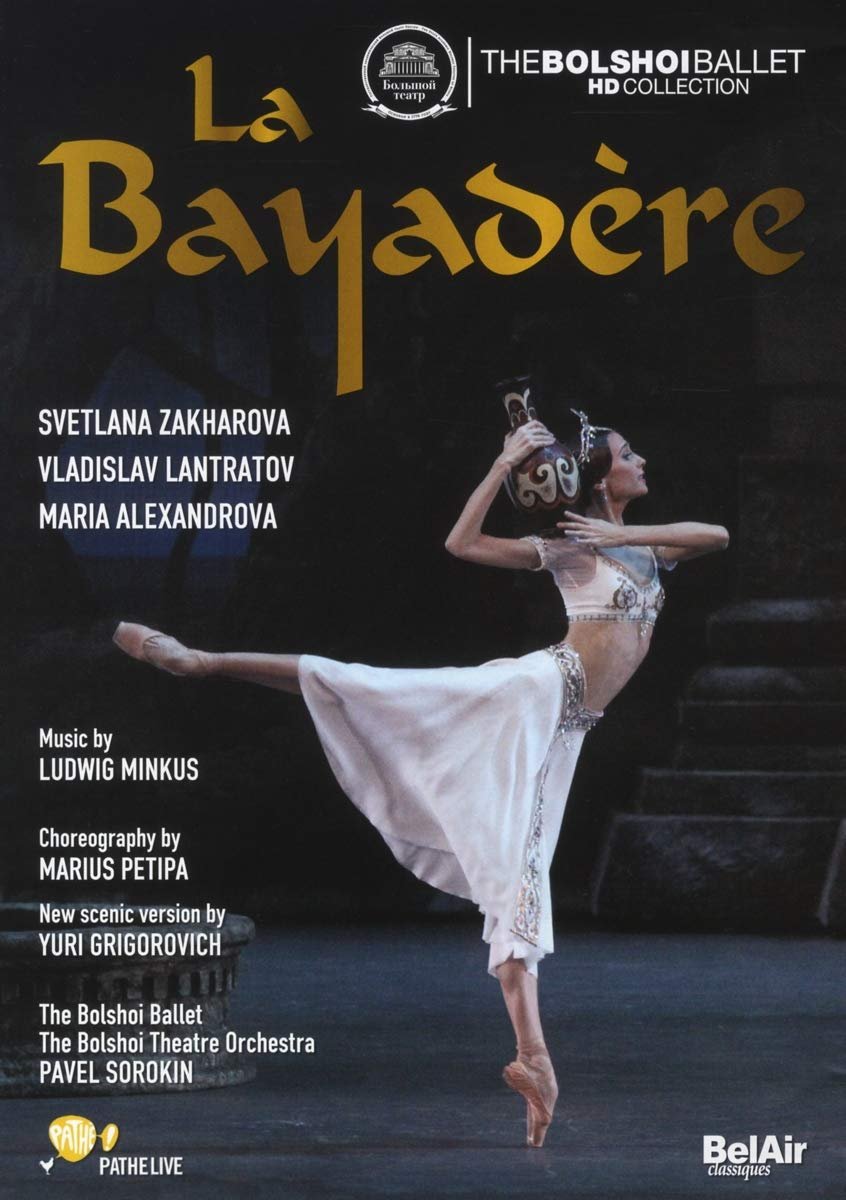
Cast
- Nikiya: Svetlana Zakharova
- Solor: Vladislav Lantratov
- Gamzatti: Maria Alexandrova
Production
- Company: The Bolshoi Ballet
- Choreographer: Marius Petipa
Disc Information
- Media Format : NTSC
- Run time : 2 hours and 5 minutes
- Release date : November 19, 2013
- Actors : Bolshoi Ballet
- Dubbed: : None
- Subtitles: : None
- Language : English (Dolby Digital 5.1)



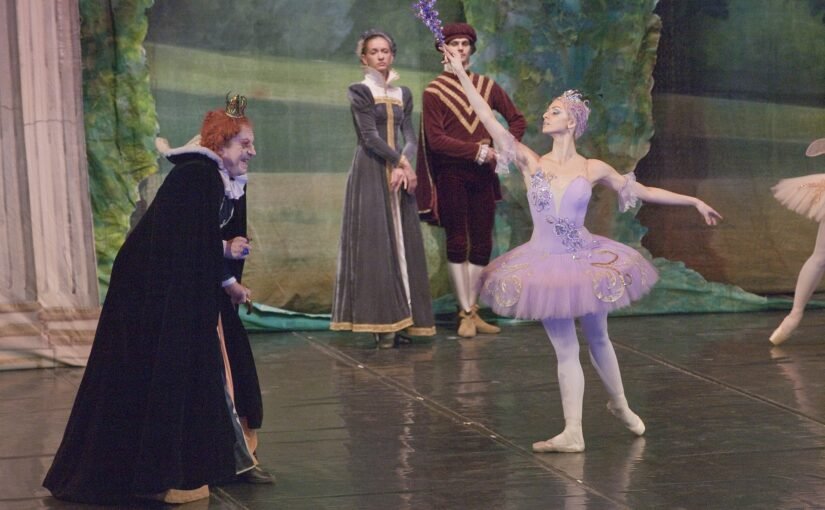
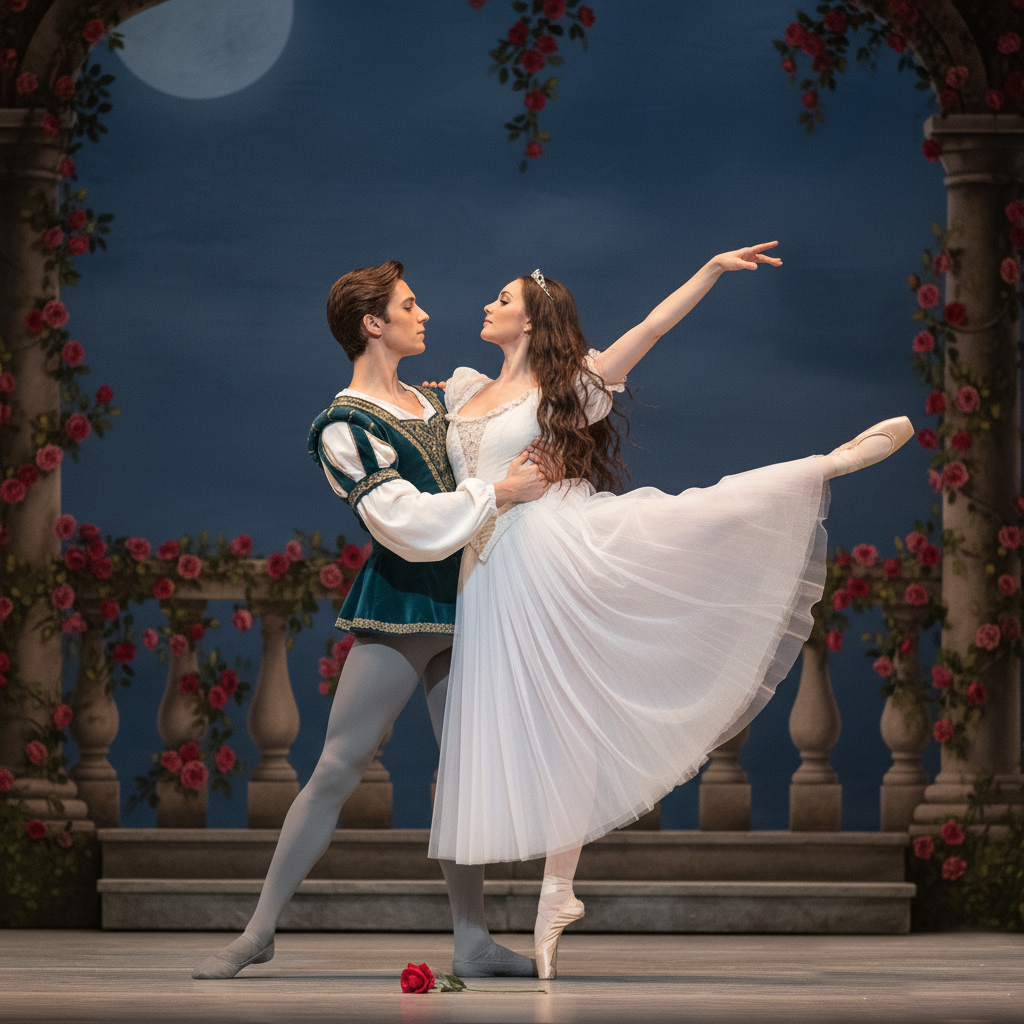
Leave a Reply